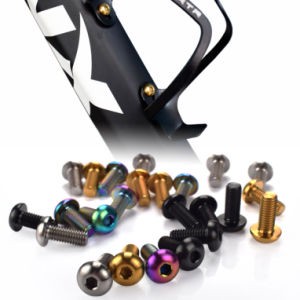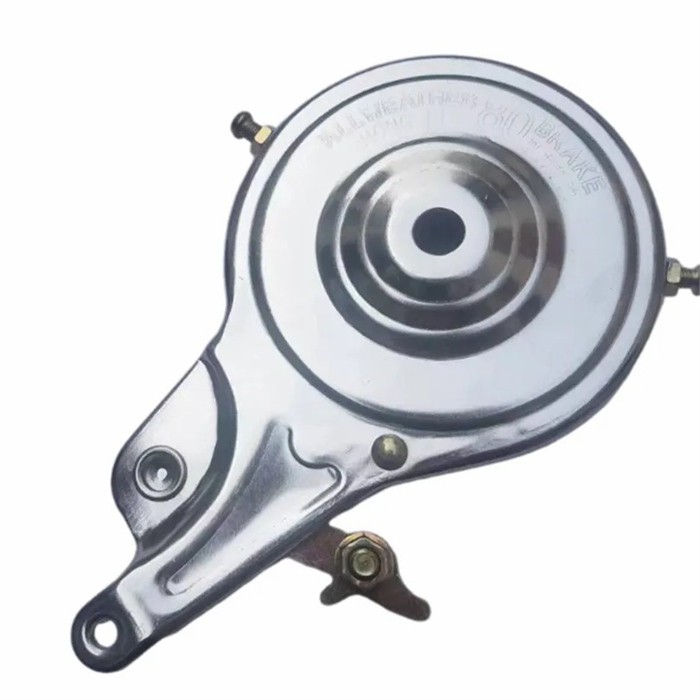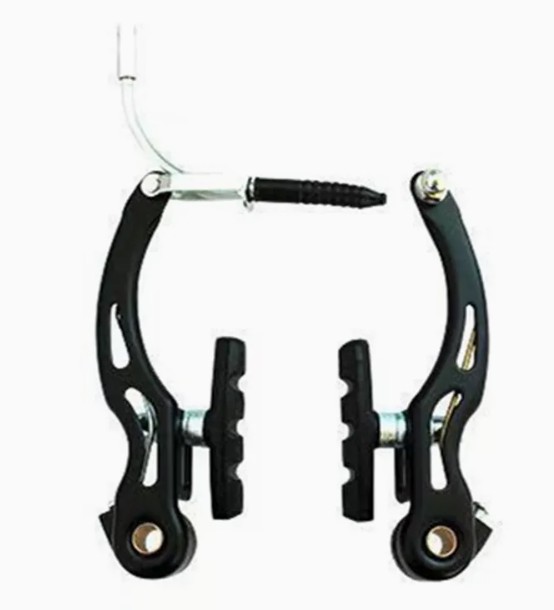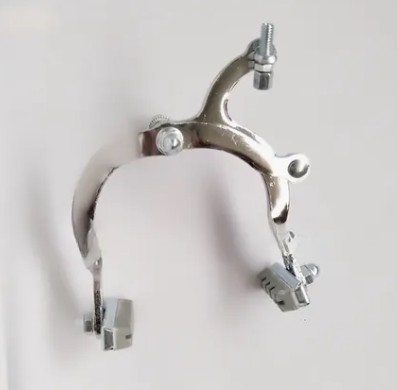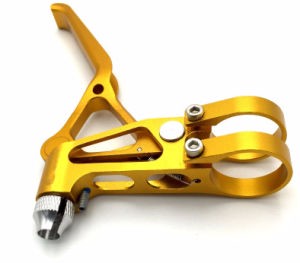Welcome!
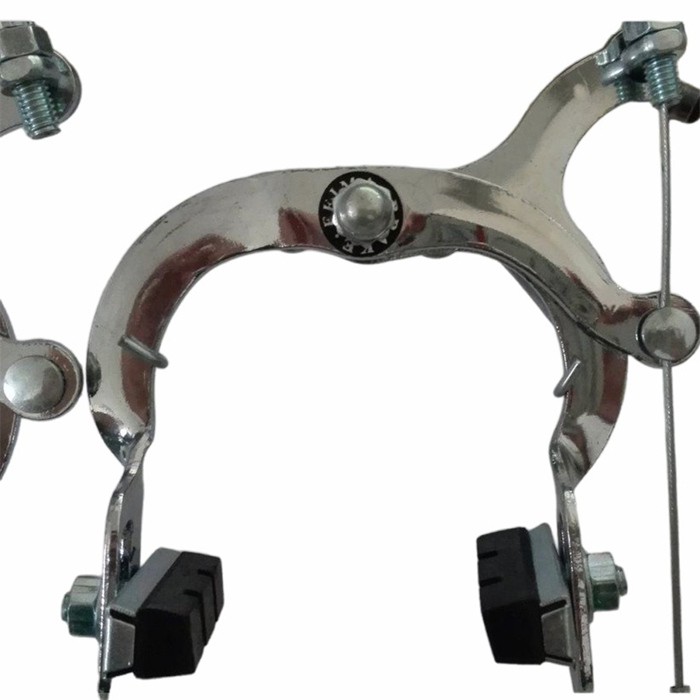

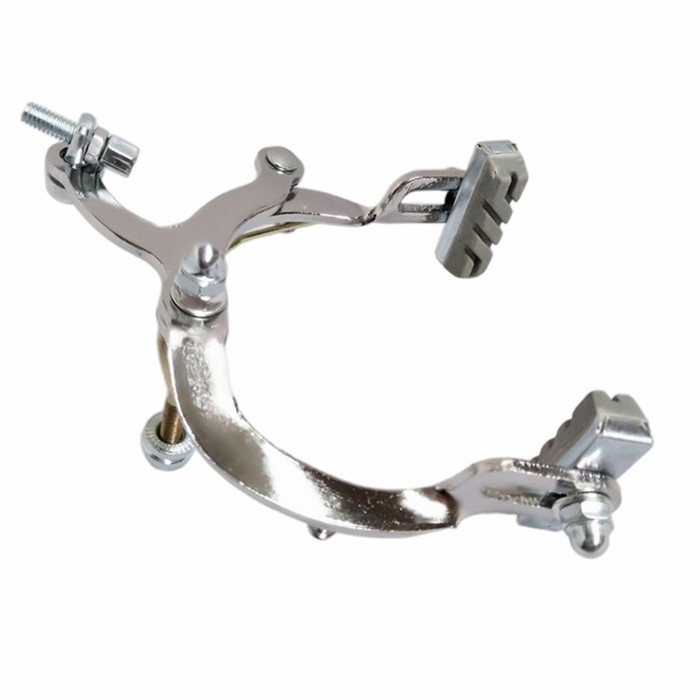
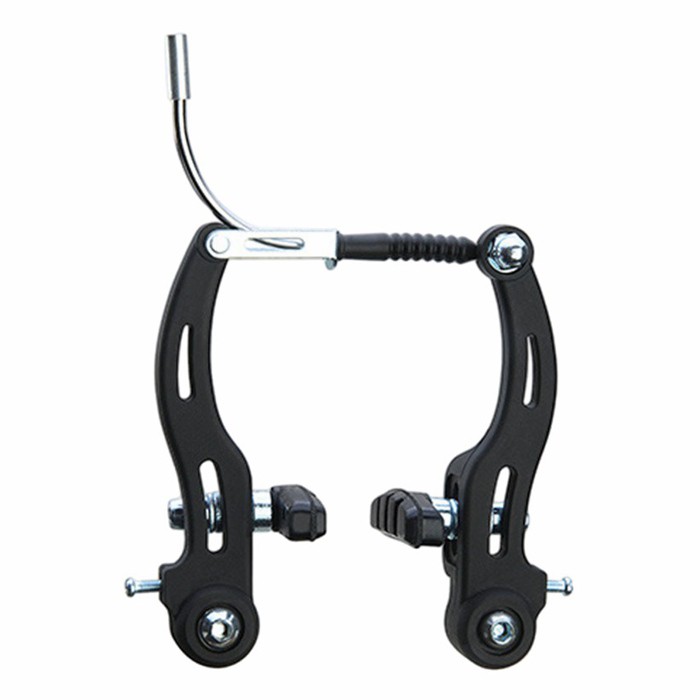
Everything You Need to Know About Bicycle Brake Calipers: The Key to Safe and Efficient Stopping Power
Basic Info
| Application | Kids Bike, Road Bike, Mountain Bike, Ordinary Bicycle | Brake Mode | Mechanical | Certification | CE, ISO9001 |
|---|---|---|---|---|---|
| Color | as Per Request | Condition | New | Production Capacity | 50000 Pairs Per Month |
| Thickness | 2.5/3.0/3.5/4.0mm | Trademark | OEM | Type | Brake Caliper |
Product Description
When it comes to cycling, one of the most crucial components ensuring rider safety and control is the brake system. Among the various brake components, the brake caliper plays a pivotal role in the overall braking performance. Whether you’re a competitive cyclist or an avid commuter, understanding the function, advantages, and applications of bicycle brake calipers is essential for selecting the right brake system for your needs. This guide will provide an in-depth look into bicycle brake calipers, highlighting their key features, benefits, and uses.
Bicycle brake calipers are the central component of rim brakes, responsible for applying pressure to the brake pads against the rims of the bike's wheels. This action creates friction, which slows down and ultimately stops the bike. Calipers are commonly found in traditional brake systems such as rim brakes, and they can vary in design depending on the type of braking system in use. The two main types of brake calipers are single pivot and dual pivot with dual pivot calipers offering enhanced braking power and smoother modulation, making them popular in performance cycling.
Key Features of Bicycle Brake Calipers

Precision Braking Mechanism: The primary function of a brake caliper is to apply the brake pads to the wheel rims, generating friction to slow or stop the bike. This precision in braking ensures smooth and responsive stopping power, which is critical in both urban commuting and high-speed cycling.
Adjustable Brake Pad Positioning: Many modern brake calipers allow for adjustments in the brake pad’s position, ensuring optimal contact with the wheel rim. This feature helps accommodate different rim sizes and ensures consistent performance, reducing the risk of wear and tear on both the pads and the rims.
Lightweight and Durable Construction: Made from high-quality materials such as aluminum or carbon fiber, brake calipers are designed to be both lightweight and robust. This balance ensures that the brake system does not add unnecessary weight to the bike, while also offering long-lasting performance even in harsh conditions.
Easy Maintenance and Adjustment: One of the standout features of brake calipers is their relatively simple design, which makes them easy to maintain and adjust. Regular inspection and minor adjustments can significantly extend the lifespan of the brake system and ensure consistent braking efficiency.
Advantages of Bicycle Brake Calipers
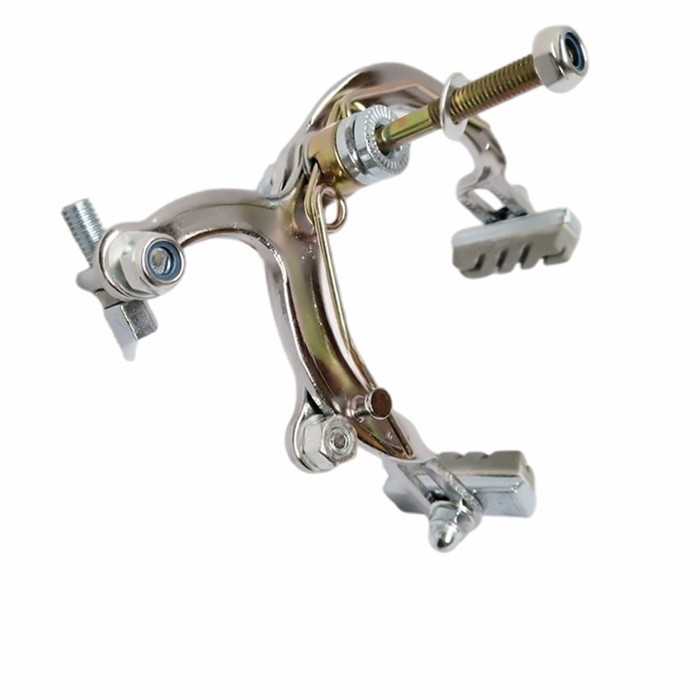
Powerful Braking Performance: Calipers are designed to deliver consistent and strong braking power, making them ideal for riders who require precision control especially in high-speed or emergency situations.
Improved Modulation: Unlike other brake systems such as disc brakes, calipers provide excellent modulation. This means cyclists can apply just the right amount of braking force, whether they need a quick stop or a gradual slowdown.
Cost-Effective: Brake calipers tend to be more affordable compared to other braking systems like disc brakes, making them a popular choice for budget-conscious cyclists.
Compatibility: Caliper brakes are highly versatile and can be used on a wide range of bicycles from road bikes to touring bikes. Their compatibility with different rim sizes further enhances their appeal across various cycling disciplines.
Less Maintenance: While all brake systems require regular upkeep, caliper brakes generally require less maintenance compared to disc brake systems, making them more accessible for casual cyclists and those new to the sport.
Common Applications and Use Cases


Bicycle brake calipers are primarily used in road bikes, touring bikes, and commuter bicycles. Their suitability for road cycling comes from their low weight and efficient braking performance, which is crucial for riders seeking speed and precision. In touring bikes, the ability to handle different rim sizes and weather conditions makes brake calipers a reliable option for long-distance riders. Additionally, they are commonly used in recreational bikes where simplicity, affordability, and easy maintenance are prioritized.
Brake calipers are particularly advantageous for cyclists who often ride in urban settings or on paved roads, where quick stopping power is necessary for navigating traffic. They also excel in dry and moderately wet conditions, although their performance may slightly decline in heavy rain or muddy environments when compared to disc brakes.
Recommended Products
Recently Viewed
 Enhance Your Ride's Safety and Performance with Premium Bicycle Brakes
Enhance Your Ride's Safety and Performance with Premium Bicycle Brakes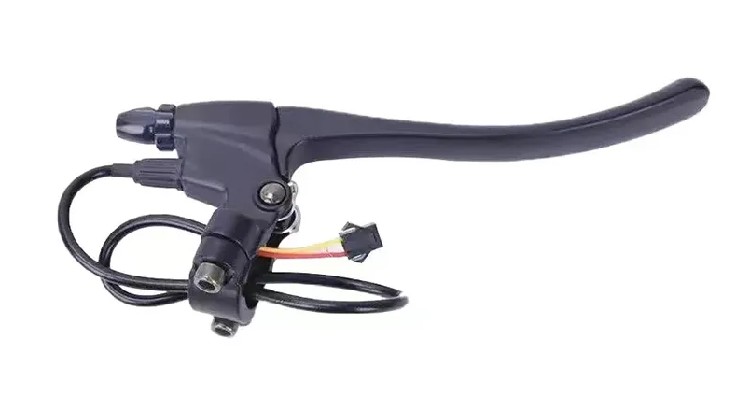 The Ultimate Guide to Bicycle Brakes: Ensuring Safety and Performance on Every Ride
The Ultimate Guide to Bicycle Brakes: Ensuring Safety and Performance on Every Ride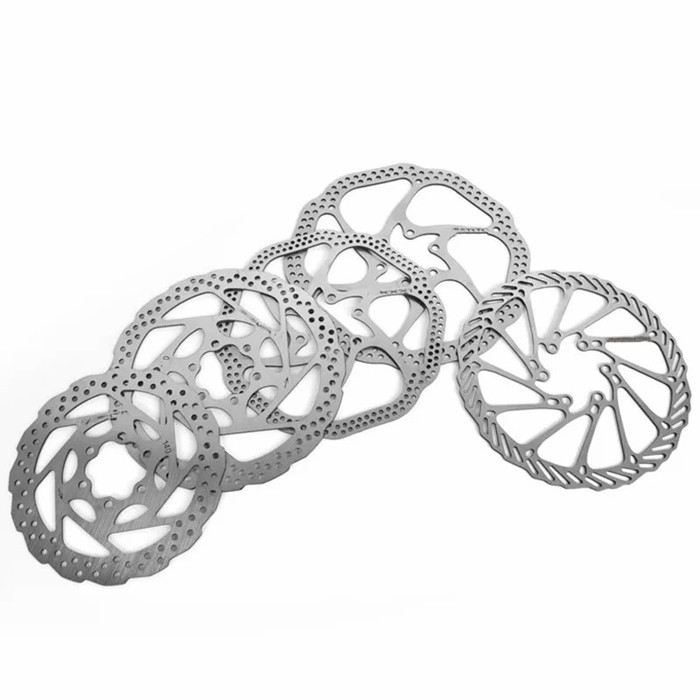 Bicycle Disc Brakes: The Ultimate Guide to Unmatched Stopping Power
Bicycle Disc Brakes: The Ultimate Guide to Unmatched Stopping Power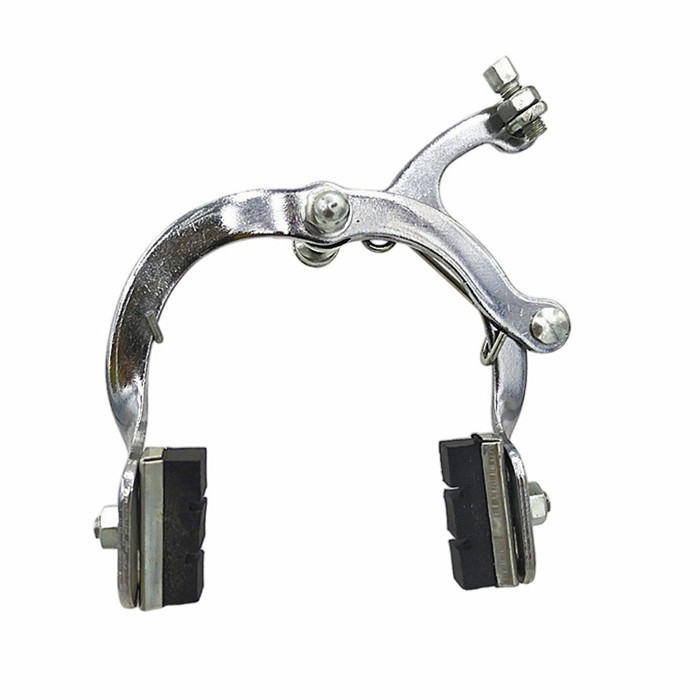 Your Guide to Bicycle Brakes: Safety, Performance, and Choosing the Right System
Your Guide to Bicycle Brakes: Safety, Performance, and Choosing the Right System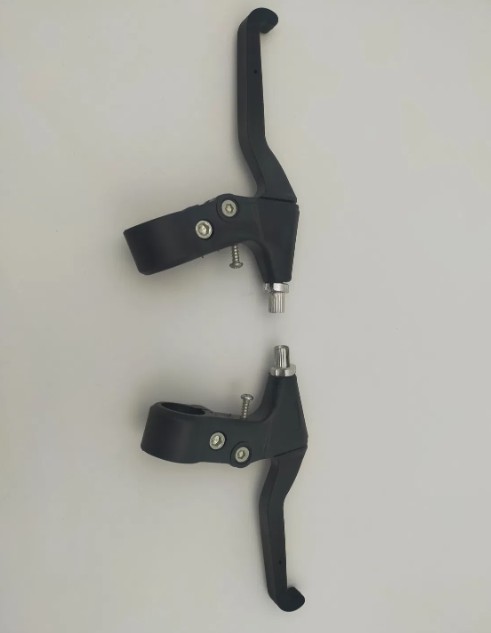 Mastering Control and Safety: A Comprehensive Guide to Bicycle Brakes
Mastering Control and Safety: A Comprehensive Guide to Bicycle Brakes
Contact Us
FOCAN ELECTRONIC FACTORY




